Pricing rules
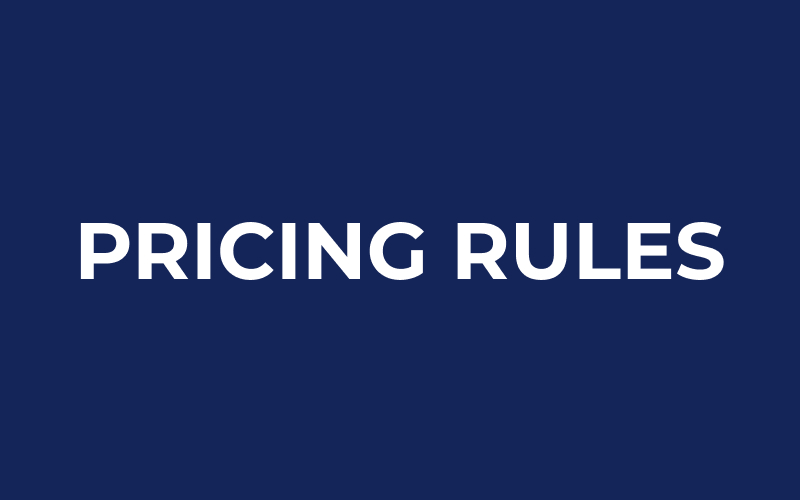
Pricing rules in ecommerce and retail Pricing rules refer to a set of guidelines or parameters that ecommerce and retail businesses use to determine the prices for their products and services. These rules are designed to ensure that prices are fair, competitive, and profitable for the business and they can be based on various factors […]
Manufacturer’s suggested retail price (MSRP)
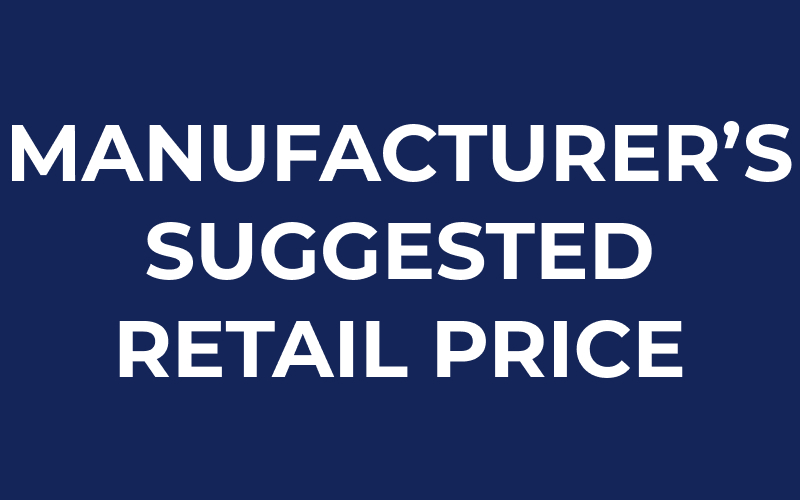
Manufacturer’s Suggested Retail Price, commonly known as MSRP, is a recommended selling price for a product set by the manufacturer. This price is intended to serve as a guide for retailers and is used as the starting point for determining the final sale price of a product in the market. MSRP plays an important role […]
Price lining

Price lining refers to selling different products at different price points to cater to customers who are looking for different levels of quality, convenience, and value. In this way, businesses can effectively reach out to a broader customer base and increase their sales and revenue. To understand the concept of price lining, let’s take the […]
Cost pricing or cost plus pricing
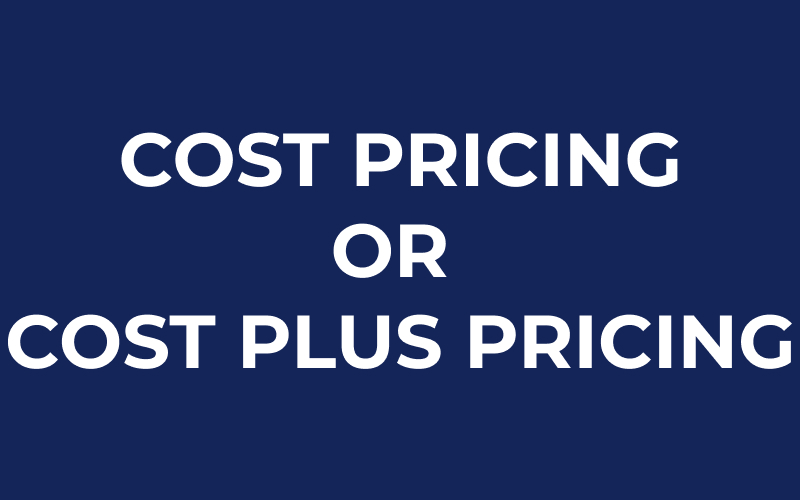
Cost-based pricing, also known as cost-plus pricing, is a pricing strategy used by businesses to determine the selling price of a product or service by adding a markup to the cost of the product or service. This markup is typically a percentage of the cost and is used to cover the costs of the business, […]
Product volumes

The role of product volumes in ecommerce and retail When it comes to pricing in the ecommerce and retail sectors, product volumes is a key consideration. Retailers and e-commerce businesses need to understand how the number of units sold will impact their pricing strategies. One of the most important factors to consider is economies of […]
Price war
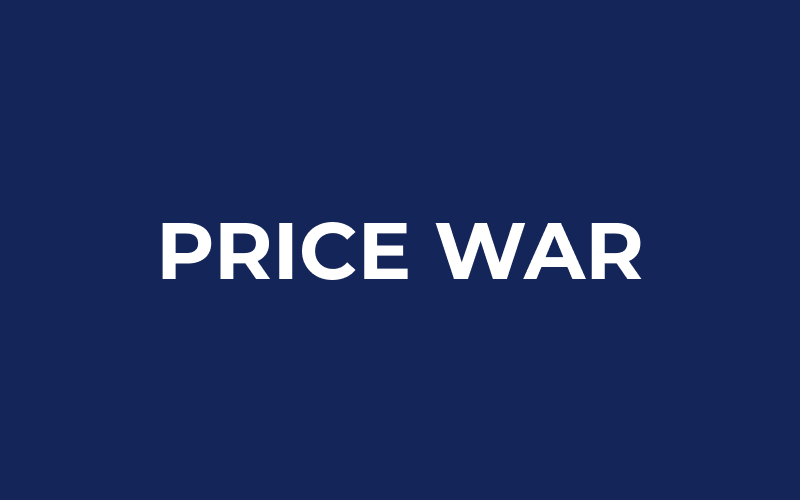
A price war or price competition refers to a situation where businesses compete against each other by repeatedly lowering their prices in an attempt to gain market share and drive out competitors. The first step in developing a pricing strategy is to understand the market and the competition. This includes monitoring the prices of competitors […]
Market pricing

For any business it is important to understand the market(s) it operates in and the prices of similar products in the market. This information helps retailers determine the optimal price for their products to stay competitive and attract customers. Market pricing is a strategy that involves setting the price of a product based on the […]
Premium pricing

The concept of premium pricing refers to setting a high price for a product or service, in comparison to its competitors, to convey its high quality, exclusivity and uniqueness. Rolex is a good example of a brand practicing premium pricing Premium pricing in ecommerce and retail For e-commerce and retail businesses, this pricing strategy can […]
Markdown pricing
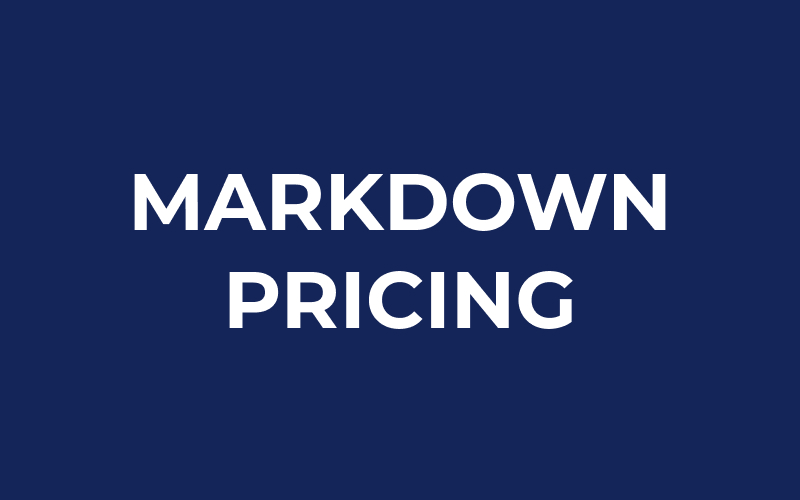
Markdown pricing is a common pricing strategy in the ecommerce and retail industries. It involves reducing the price of a product to clear out stock, make room for new inventory, or to boost sales. Markdown pricing is a valuable tool for businesses to manage inventory, boost sales, and increase profits. Benefits of markdown pricing One […]
Product life cycle

In today’s fast-paced business world, companies must be able to quickly respond to market changes and adjust their strategies accordingly. One crucial aspect of this is managing their product life cycle, refers to the stages that a product goes through from its introduction to the market to its withdrawal. These stages include the introduction, growth, […]

